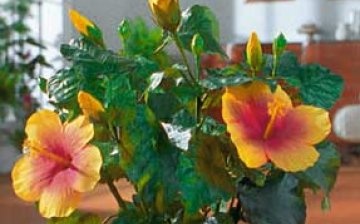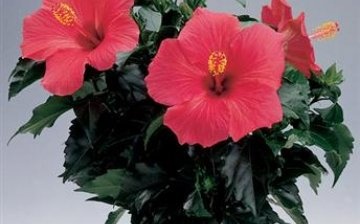Indoor hibiscus or Chinese rose
This unpretentious houseplant is also called the "Chinese rose". The flower can tolerate improper watering, poor lighting and low temperatures, but it will not bloom under such conditions. In order for indoor hibiscus to bloom, you need to place it closer to the light and devote a little of your time.
Plant pruning
In order for hibiscus to please you with abundant flowering, every year it needs to do a "model haircut". The flowers of the plant form on young shoots, and the removal of the tips of the branches stimulates their growth. You can prune the plant at any time. In general, pruning hibiscus is very similar to pruning fruit trees.
Choosing a place of residence for a flower
Hibiscus loves well-lit places, so it is best to place it on a bright windowsill, avoiding direct sunlight. The flower grows very quickly, so it is worth considering its location in a cramped room. You can restrain the growth of the plant by planting it in a cramped pot. In summer, hibiscus can be fed with nitrogen-containing fertilizers, and during flowering with potassium-phosphorus fertilizers. Water the plant sparingly, preventing the soil from drying out. In dry indoor air, it is recommended to spray the hibiscus.
Transplant and reproduction
Young hibiscus should be replanted every year, and three-year-old and older plants should be replanted every 2-3 years. Hibiscus is transplanted in the spring, after which the branches are cut off the flower, thus stimulating the growth of young shoots. The plant is propagated by cuttings, which can be rooted both in water and in the ground.








